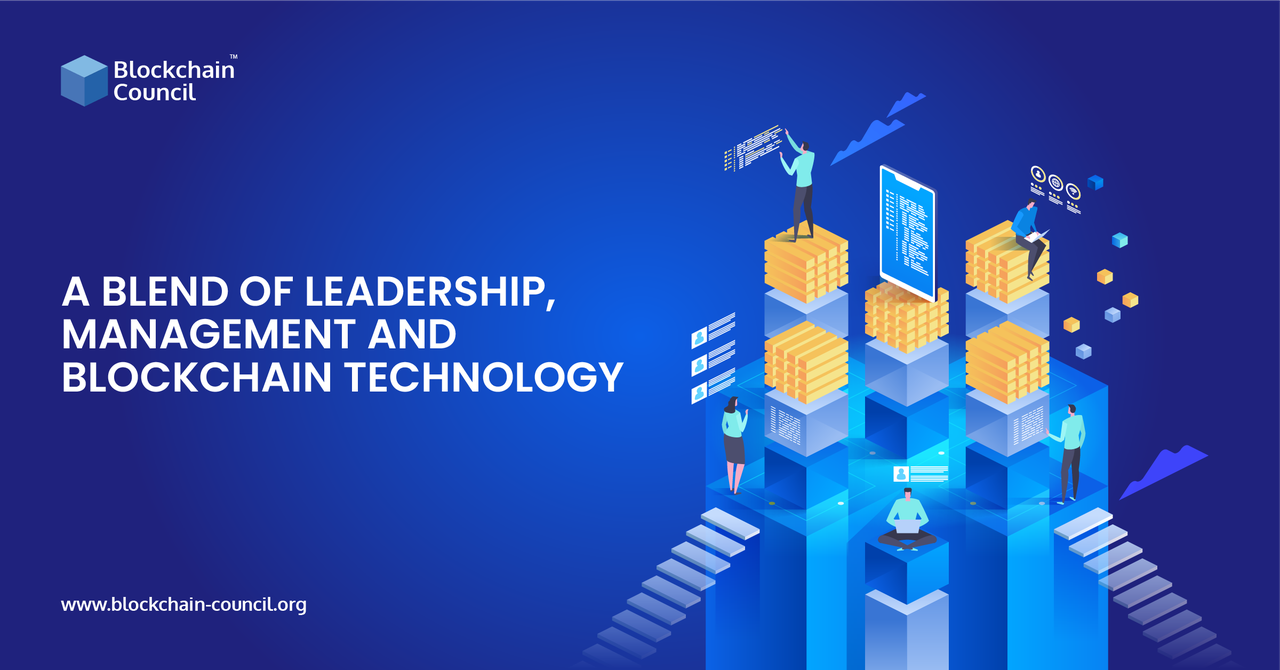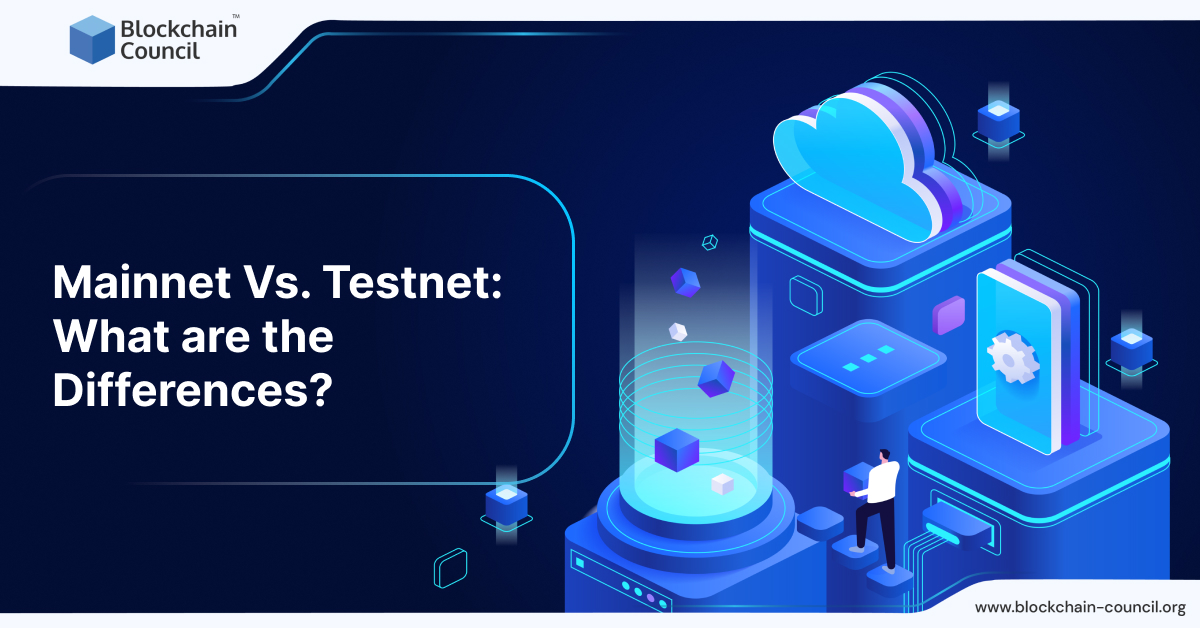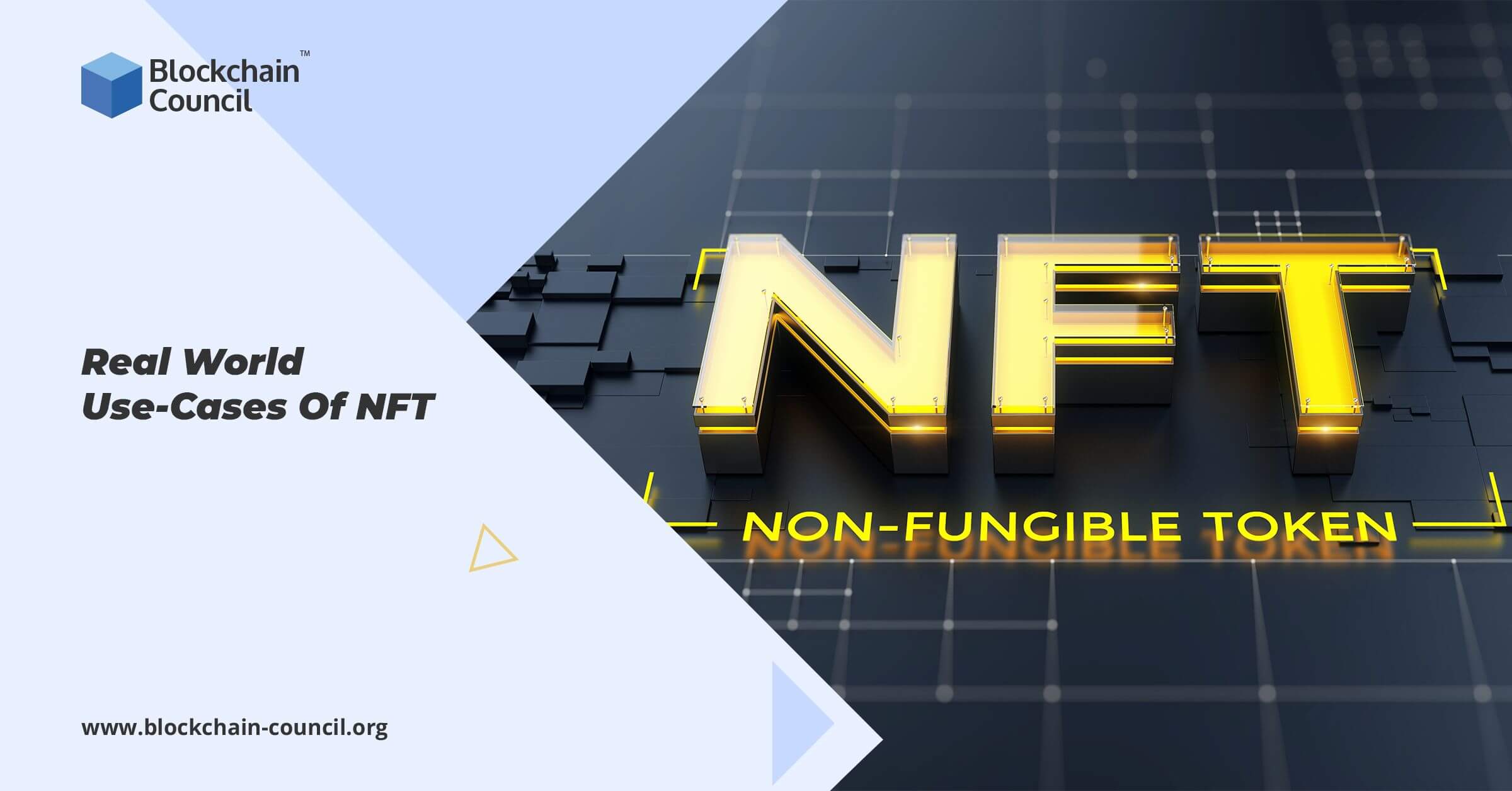
- Adeshina Ajayi
- March 10, 2022
Understanding leadership and management
For the most part of my life, I have been involved in Leadership and management Development as it concerns its applications to life, economic development, business growth and human relation.
Leadership is defined as a social relationship between two or more persons who depend on each other to attain certain mutual goals in a group situation while Management is generally defined as the process of planning, organizing, directing, and controlling the activities of employees in combination with other resources to accomplish organizational objectives.
So, in a way, management is taking the leadership concept and putting it into action.
With leadership and management, one thing is a common factor, People. Without people, there will be no leaders and managers. People are the essence of leadership and management and the truest test of great leaders and managers is how well they deal with the people they are working with.
The trust challenge
However, there is a lifelong challenge that has existed as long as humans have, it’s trust. With every human dealing comes trust.
Trust is the foundation of any successful relationship, both personal and professional, and when it’s broken, it is extremely hard to repair. When employees feel they can’t trust leadership they feel unsafe, like no one has their back, and then spend more energy on self preservation and job hunting than performing at their job.
Lack of trust in leadership is a red flag that the business is having a “toxic” culture. No one likes to come to work every day and feel they are walking into a toxic waste dump. Employees will do the job requested of them, but without trust in leadership, they’re not likely to go above and beyond to help create a high-performance organization. One of the cruxes of leadership and management is TRUST. Trust is key to creating successful cooperation between leaders and the people they are leading. Trust depends on engagement and open collaboration. Effective leaders and managers are those who are people-oriented and technically savvy to empower others to work actively towards strategic goals. Lack of trust reduces transparency and communication. Reduced transparency and communication lead to low innovation and lack of agility and responsiveness to changing conditions. Which will impact on the bottom-line profits.
How blockchain technology is bridging the trust gap
The era of the internet came and empowered the world with interconnection. However, it did not provide it with trust. The lack of trust in our society is the reason for the existence of powerful intermediaries aggregating power. For organizations, time, energy, money and passion are constantly wasted on verification of happenings.
With the advent of Blockchain Technology, the trust gap is being closed up with the technology giving rise to a new platform for business relationship that combines ease of use, low cost and high security. It creates a new basis of trust for business transactions that could contribute to a considerable simplification and acceleration of the economy.
With blockchain technology, value creation is rearranged, with experts directly collaborating with each other, and hierarchy being eliminated. This could, in turn, render managers obsolete, as a blockchain infrastructure will automate most of the tasks. As a result, only a strong, action-oriented, leadership would maintain the organisation together. This leadership-in-action would consist in igniting people to take action; coach members of the organisations so that their contribution makes sense in the greater context of life.





































































 Guides
Guides News
News Blockchain
Blockchain Cryptocurrency
& Digital Assets
Cryptocurrency
& Digital Assets Web3
Web3 Metaverse & NFTs
Metaverse & NFTs
